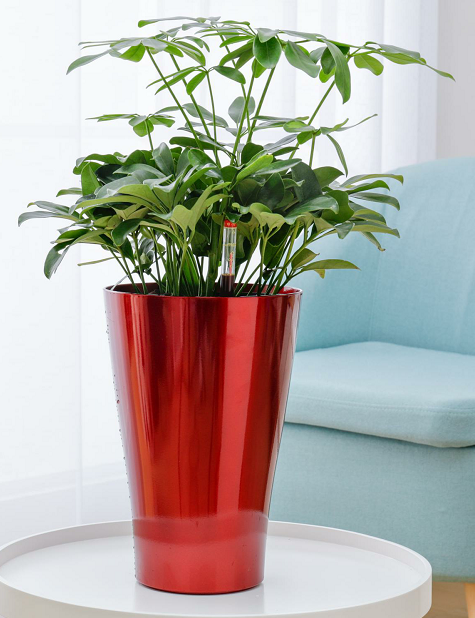China Home Garden Flower Plant Pots Manufacturer Factory
Adding houseplants to your living space can transform your home into a vibrant and inviting environment. However, selecting the right plant pot is crucial for ensuring your plants thrive. With a variety of options available, from traditional terracotta to modern ceramic, finding the home plant pot involves more than just picking a style that complements your decor.
Before diving into the selection process, it’s important to understand the role of a plant pot. Beyond aesthetics, a plant pot provides support for the plant’s roots and affects its overall health. Proper drainage, size, and material all play a crucial role in helping your plants grow and flourish.
The size of the plant pot you choose should be appropriate for the plant's size and growth stage. Generally, a pot should be slightly larger than the root ball of the plant. This allows room for growth without causing waterlogging, which can bring about root rot.
Small Pots: Ideal for seedlings or small plants, small pots help prevent overwatering by limiting the soil volume.
Medium Pots: Suitable for medium-sized plants that need more space for root development.
Large Pots: Better for larger plants or those that will grow significantly over time. Ensure the pot is large enough to accommodate future growth but not so large that the plant’s roots are left in too much soil, which can retain excess moisture.
Proper drainage is essential to prevent water from pooling at the bottom of the pot, which can cause root rot and other issues. Look for pots with drainage holes or planters that come with drainage trays.
Pots with Drainage Holes: These are crucial for houseplants as they allow excess water to escape, preventing waterlogging.
Self-Watering Pots: These have a built-in reservoir that helps maintain moisture levels, but they should still have drainage holes to prevent overwatering.
Plant pots come in a variety of materials, each offering different benefits:
Terracotta: Known for its classic appearance, terracotta pots are porous and help with air circulation and moisture control. However, they can dry out quickly, so they may not be ideal for plants that require consistently moist soil.
Ceramic: Available in a wide range of styles and colors, ceramic pots are non-porous and retain moisture well. They often come with a glazed finish, which adds to their aesthetic appeal but may require additional drainage solutions.
Plastic: Lightweight and affordable, plastic pots are durable and retain moisture effectively. They are a good option for larger plants due to their ease of handling and resistance to breakage.
Metal: Pots made from materials like steel or aluminum offer a modern look but can heat up quickly in direct sunlight, which might affect the plant’s roots. Ensure they have proper insulation or use them in shaded areas.
Concrete: Heavy and durable, concrete pots provide stability for larger plants. They are less likely to tip over but can be challenging to move. Concrete pots often come with a rustic look and can be very long-lasting.
While functionality is critical, the design of your plant pot should also complement your home decor. Consider the following:
Color and Finish: Choose colors and finishes that enhance your interior design. Neutral tones like white, gray, and beige often blend seamlessly with various decor styles, while vibrant colors can make a bold statement.
Shape and Style: Pots come in various shapes, including round, square, and rectangular. Select a shape that fits well with the space where you plan to place the plant. For example, tall, narrow pots are ideal for small spaces, while wider pots can serve as focal points in larger rooms.
Some materials require more maintenance than others. For instance, terracotta pots may need occasional sealing to prevent water absorption, while ceramic pots with glazes are easier to clean. Consider how much time you are willing to spend on pot maintenance when making your choice.



 EN
EN  English
English 中文简体
中文简体 Español
Español























 Companies adhere to the "let plants fall in love with appropriate plant hall, let green into the tens of thousands of people for the purpose"
Companies adhere to the "let plants fall in love with appropriate plant hall, let green into the tens of thousands of people for the purpose" Fansan industry zone, Shabu Town, Huangyan, Taizhou City, Zhejiang province, China
Fansan industry zone, Shabu Town, Huangyan, Taizhou City, Zhejiang province, China +86-15325615991
+86-15325615991 +86-0576-81109093
+86-0576-81109093 +86-0576-81109093
+86-0576-81109093 yizhitang001@gmail.com
yizhitang001@gmail.com